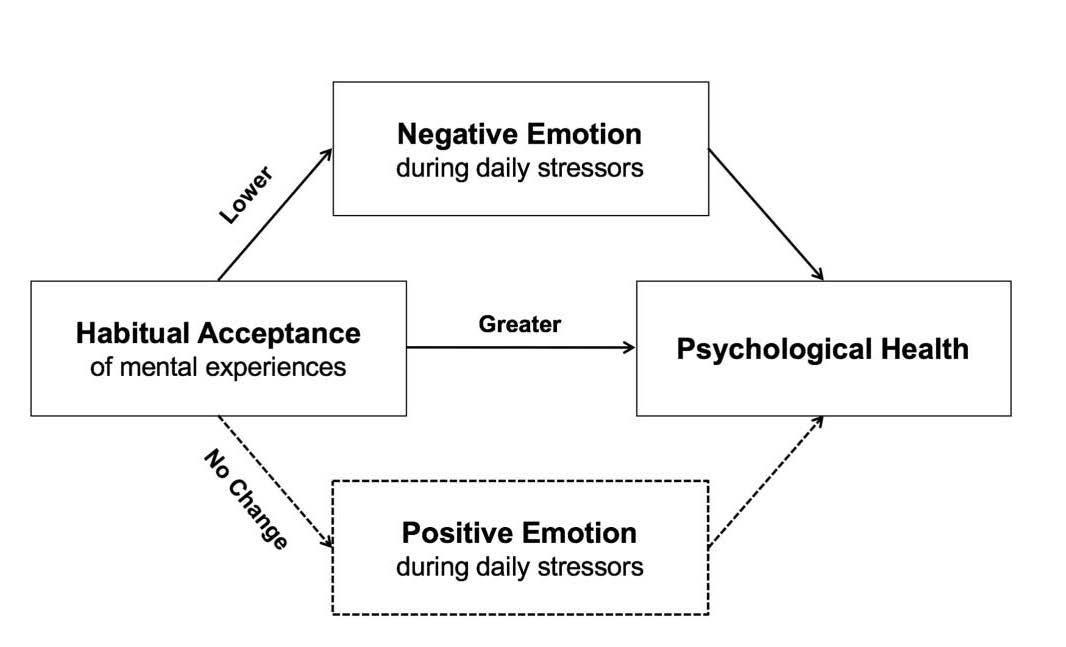Tissue Engineering: A Biological Art Form by Sarina Lau, Chemistry Major, 2024 What is it?
T
he emerging field of tissue engineering has many possible applications within the human biological system, but it is hardly ever discussed as a form of art. Regeneration of tissue for the purposes of repairing damaged systems within the body “as a result of trauma, injury, disease, or aging” is in itself a beautiful and powerful form of art (Rahaman, 2011). In the past two decades, there have been tremendous strides in research despite the field of tissue engineering originating in the late 1980s (Jones, 2008). During the beginning stages of development in this field, the first bioactive glass device was developed for the purpose of treating conductive hearing loss by replacing the ossicle bones of the middle ear (Jones, 2008). Research involving bioactive glass has discovered the benefits of using this material since it contains sodium and calcium as well as the ability to release the calcium into the circulatory system to produce hydroxyapatite (HA). HA, an important component of human bone, has the potential to be extremely useful in the development of new bone within the human body making bioactive glass a growing field in materials science (Grayson, 2017). Figure 1. Diagram depicting the numerous characteristics of bioactive glass material for tissue regeneration and their ability to bond with human bone. Photo courtesy of Mo-Sci Corporation.
5
Tissue Engineering: A Biological Art Form







